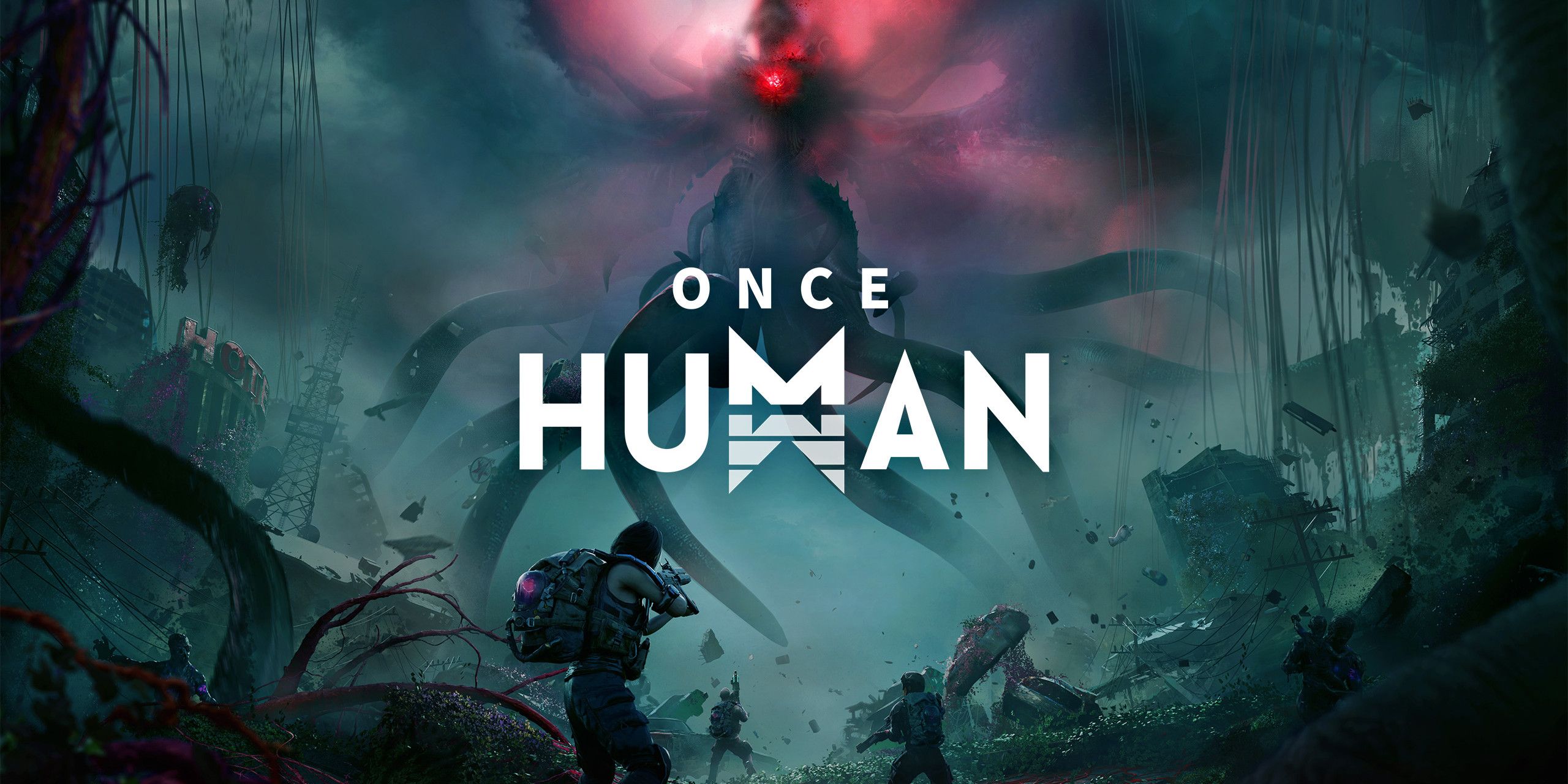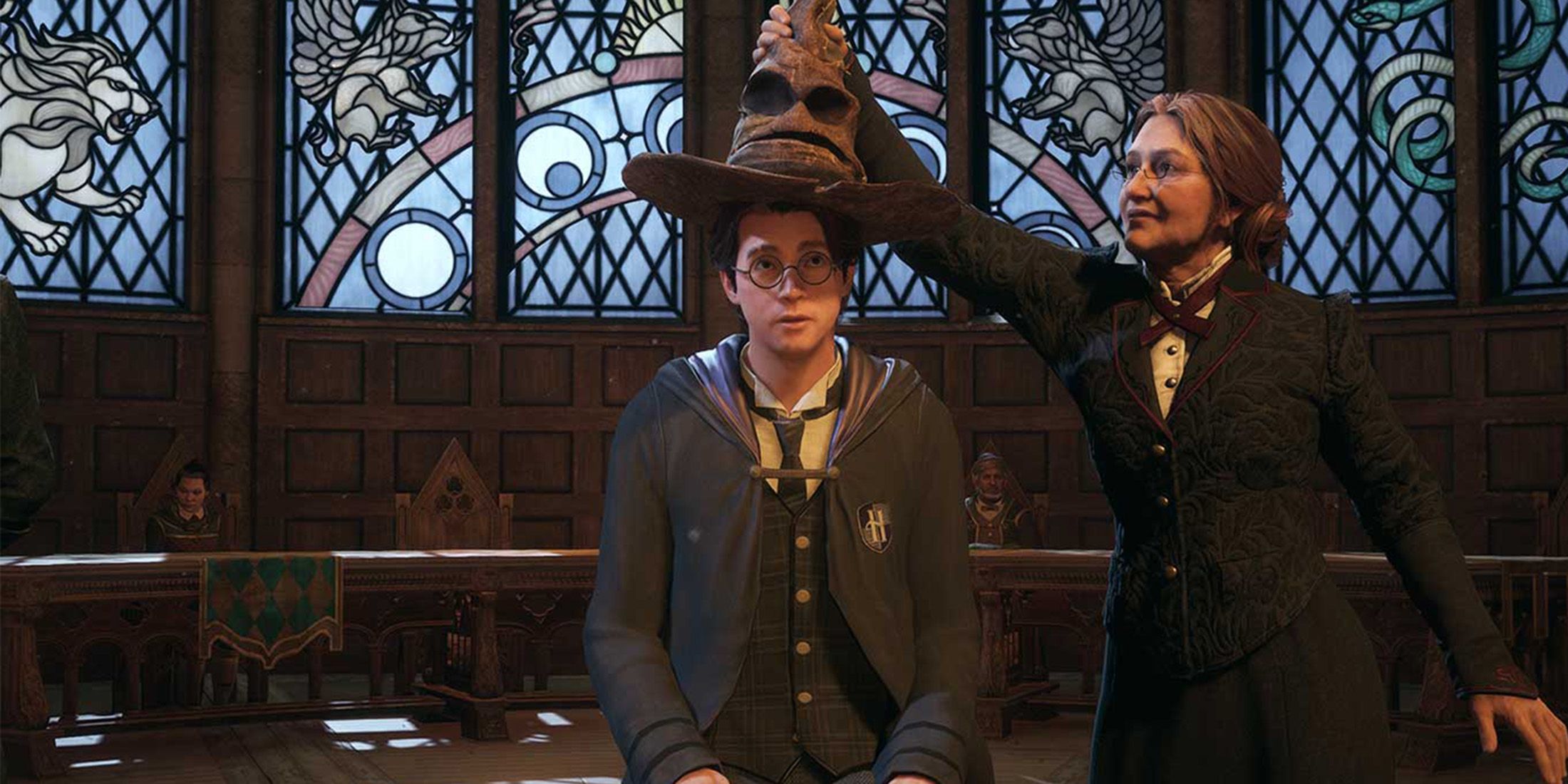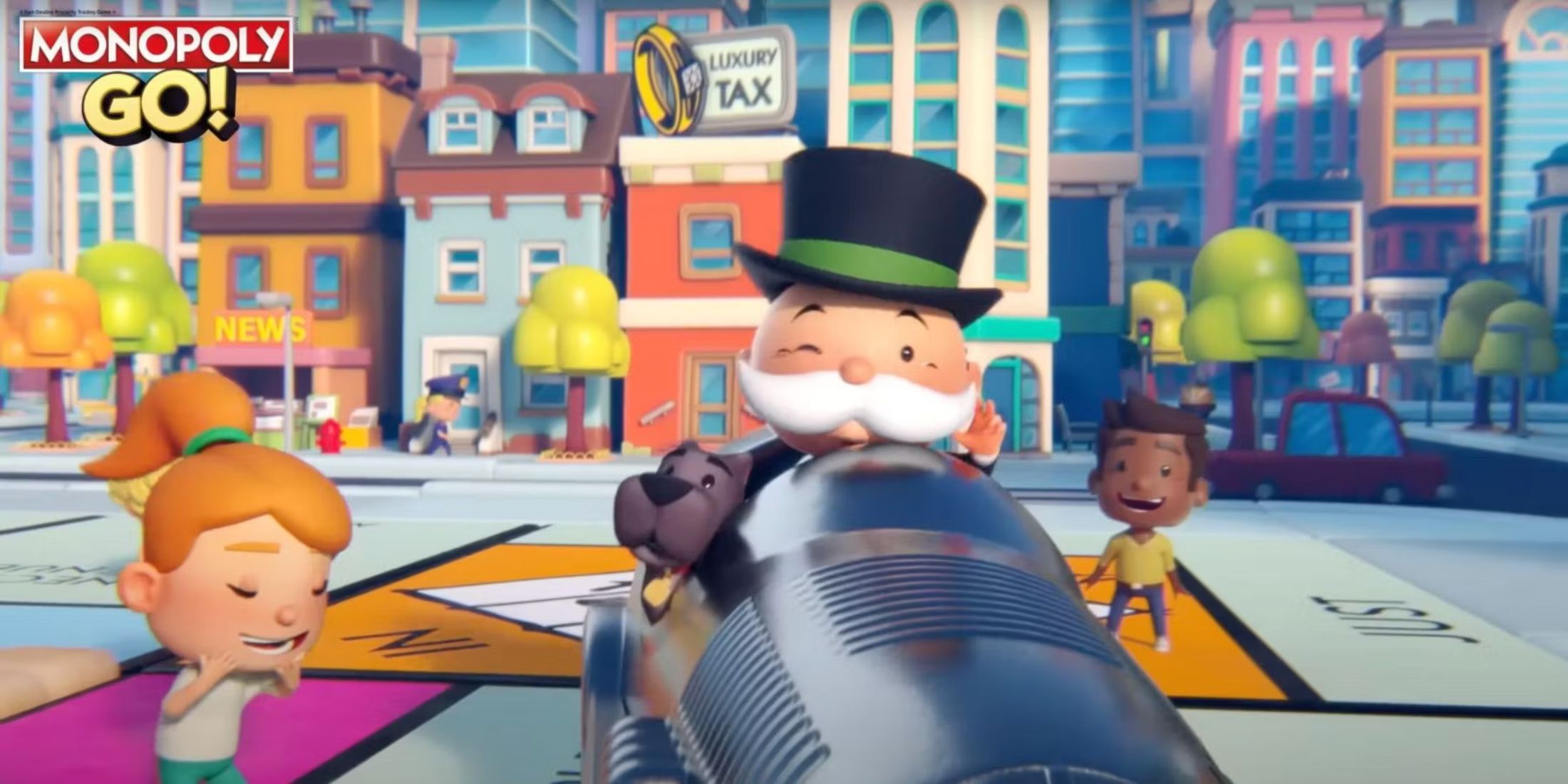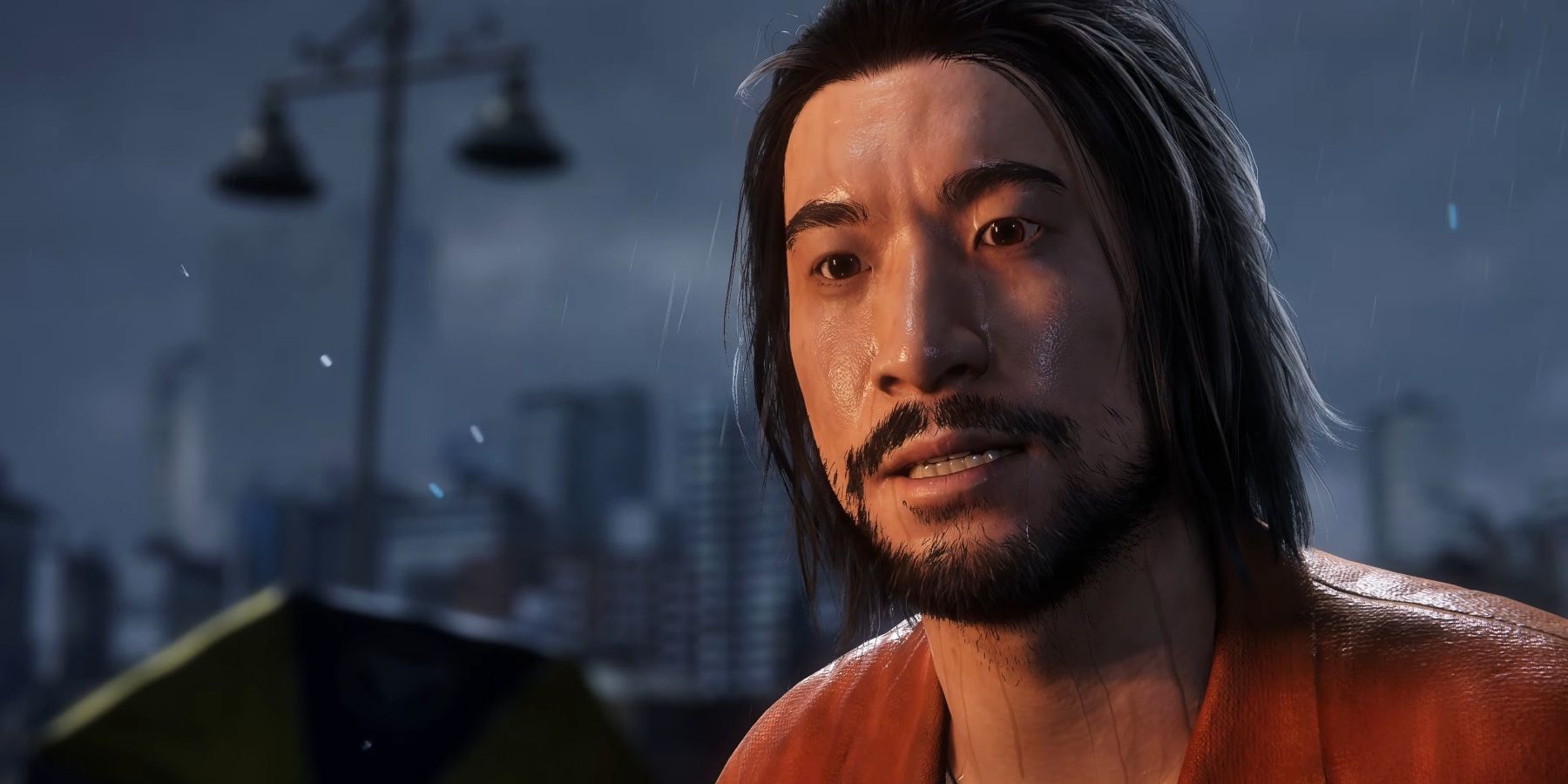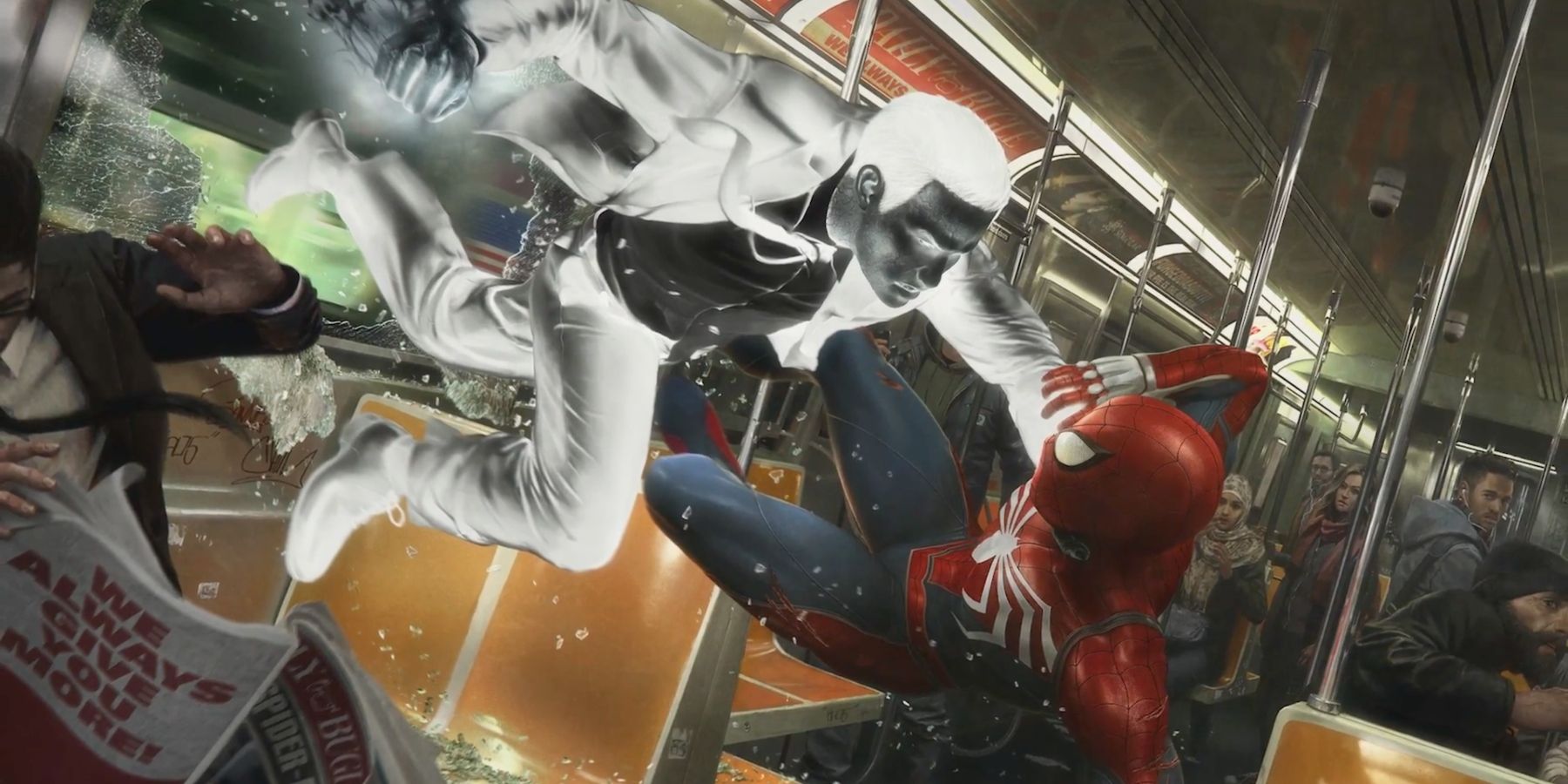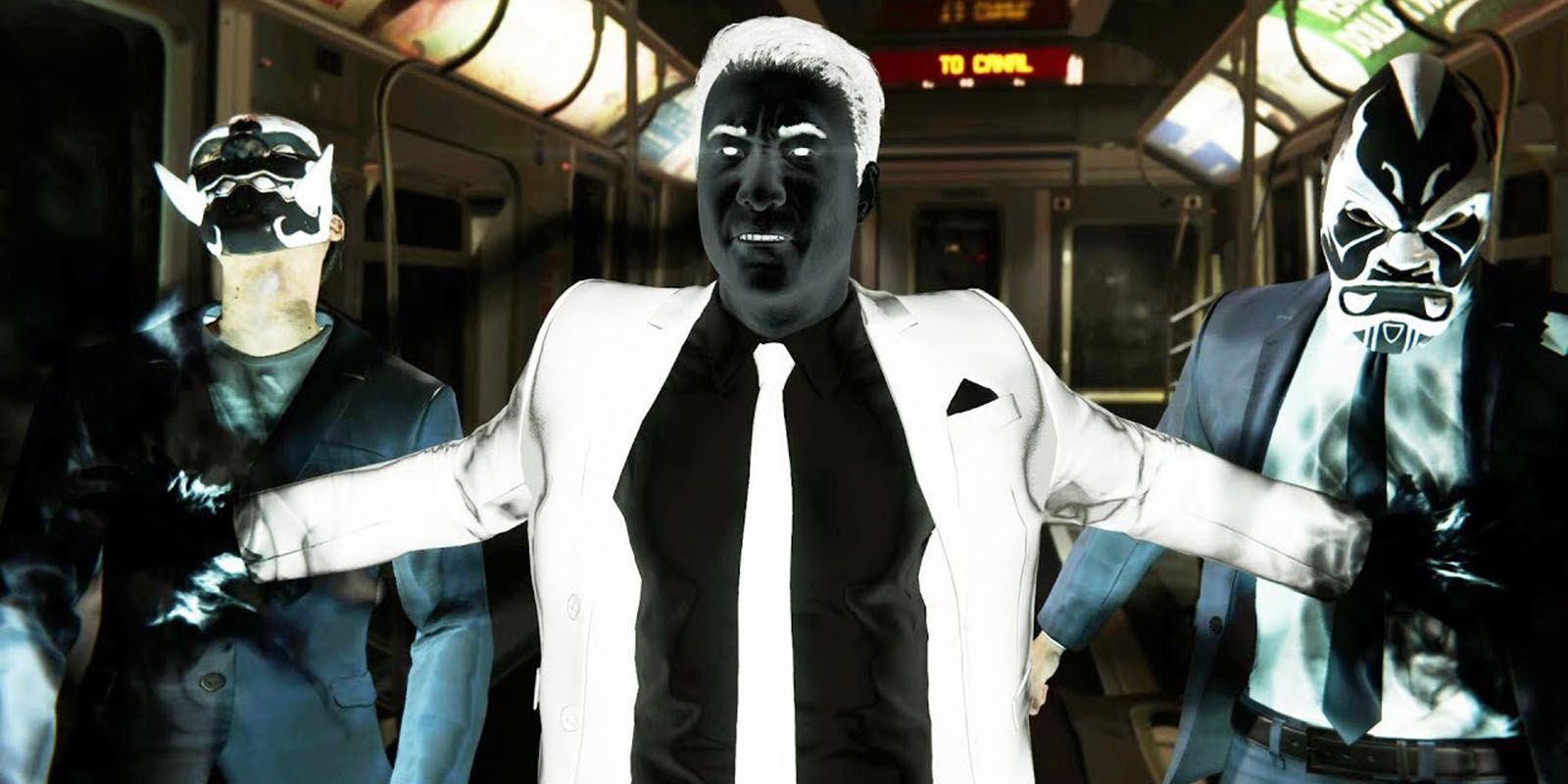Highlights
- Actor Stephen Oyoung discusses the similarities between video game and live-action acting, highlighting the use of motion capture in higher-budget games like Marvel's Spider-Man 2.
- Oyoung enjoys the freedom of movement and intimate atmosphere of video game sets, but notes the lack of intricate props and sets and the absence of downtime.
- Oyoung compares the filming process for video games and live-action, stating that video game performances are usually immediate and capture the finished product, although actors wear mocap suits and perform in empty rooms. He also mentions his interest in Lucasfilm's Volume technology and hopes for sensor-less tracking suits in the future.
Though they might seem like completely different mediums, the worlds of video games and live-action aren't actually as separated as some might first think. While the video game industry used to thrive on artificial cutscenes and pre-rendered backdrops, the vast majority of higher-budget games like Marvel's Spider-Man 2 use at least some form of motion capture during the development process, requiring actors to fully perform a scene, just as they would if they were shooting something in live-action - albeit with a few key differences.
Game ZXC recently spoke with Stephen Oyoung, the actor behind Marvel's Spider-Man 2's Mister Negative, and one of the main topics of discussion revolved around his work in both the live-action and video game spheres. With years of experience working in both fields, Stephen Oyoung had plenty to say about how the acting experience differs between the mediums, and what he'd still love to see carry over from one to the other.
The Pros and Cons of Acting in Video Games, According to Stephen Oyoung
As is the case with every profession, there are always going to be both upsides and downsides to acting in video games. Stephen Oyoung gave a bit more personal insight into what he enjoys about working on games like Marvel's Spider-Man 2, but also one of its bigger drawbacks, saying:
There’s greater freedom of movement with video games. There are less intricate props and sets of course, so it’s all in your imagination, but I really enjoy that process. It’s very intimate, with much smaller crews, but there’s also very little downtime since you’re not waiting for camera or lighting setups.
Oyoung then went on to compare the actual act of filming for both video games and live-action. For video games, Oyoung stated that the experience was pretty immediate. Rather than have to set up multiple camera angles and perform countless takes, performing for a video game is apparently a lot more on-the-spot. When Oyoung acts out a scene as Mister Negative, that's apparently pretty much the finished performance that fans will eventually get to see in-game, with all of his movements and voice lines being captured and translated to screen nearly one-for-one. In this way, filming for video games is actually somewhat more realistic than filming for live-action, though the actors are usually wearing some cumbersome mocap suits and are typically performing in a big empty room.
But all workplaces could be a little bit better. While Stephen Oyoung commended the freedom that filming for video games gave him, and mentioned how much he enjoyed the more intimate atmosphere of a video game set, there were one or two things that Oyoung thought would be fun to see cross over from the world of live-action to video games, and vice versa:
I find the volume technology used by Lucasfilm to be an interesting mashup of live action and video game tech. I’m sure we’ll see more of that in live productions. As for the video game industry, my secret wish is for tracking suits that have no sensors, now that would be incredible. Maybe one day in the future!
Lucasfilm's Volume technology was first popularized with the Disney+ show The Mandalorian, where it was mostly used to simulate the backdrops for various Star Wars locales. A circular screen that surrounds the actors, the Volume has been used to great effect in several Disney shows now. While it isn't without its divisive moments and uses, it does seem like Oyoung's prediction will come true, as the technology is able to capture a variety of set locations without ever needing to leave the studio.
Marvel's Spider-Man 2 is available now on PS5.

